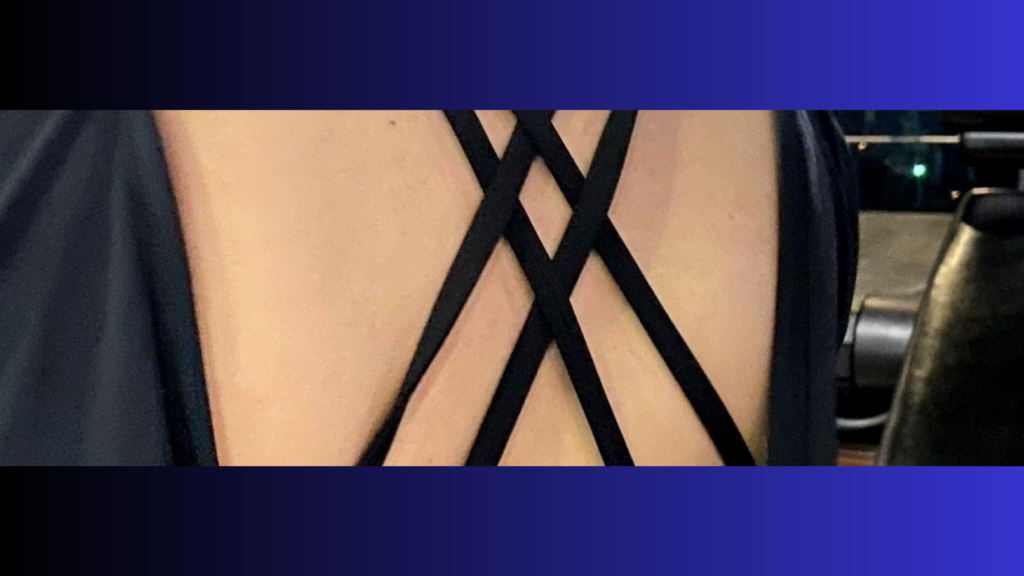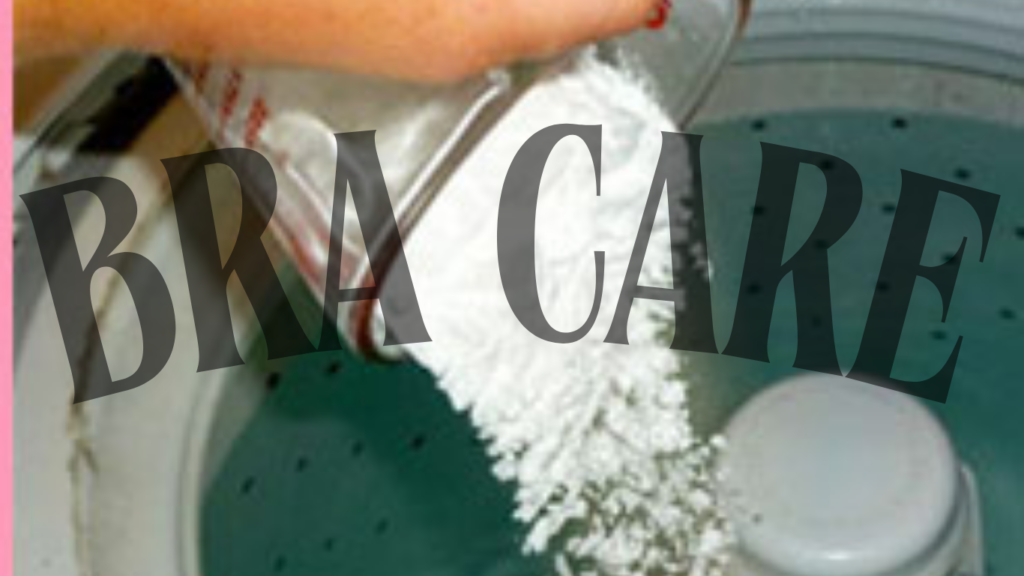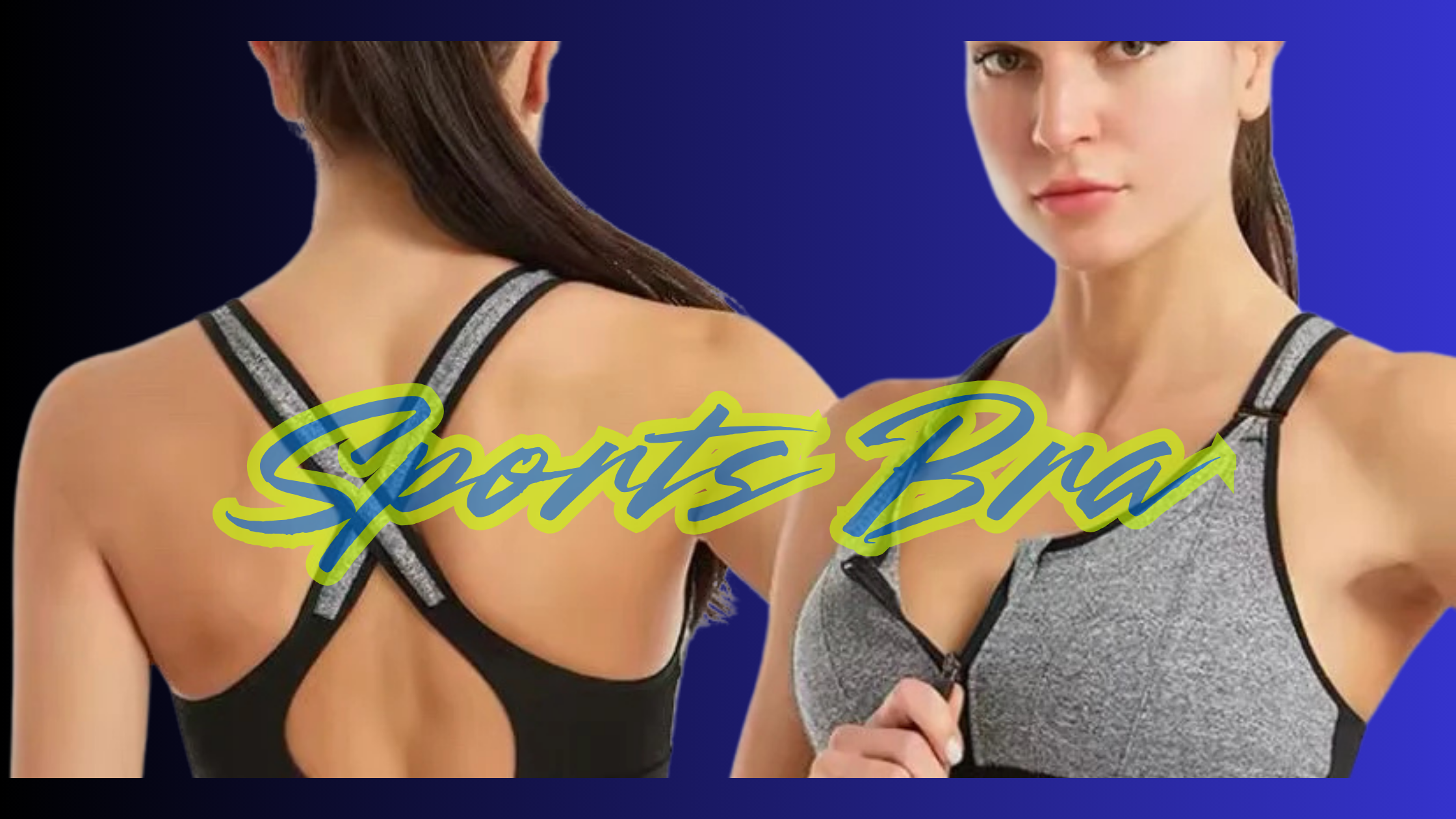A sports bra provides essential support for active women.
Unlike regular bras, it minimizes bounce and prevents sagging.
Lack of proper support can cause breast pain and long-term damage.
Studies show breasts move up to 14 cm during high-impact exercises.
Choosing the right sports bra enhances comfort, performance, and confidence.
It helps maintain posture and prevents strain on Cooper’s ligaments.
Available in various styles, sizes, and support levels.
A must-have for yoga, running, gym workouts, and sports.
Provides moisture-wicking and breathable fabrics for sweat control.
Investing in a high-quality sports bra improves workout experience.
Why a Sports Bra is Essential
Prevents breast movement, reducing strain on ligaments.
Minimizes pain and discomfort during workouts.
Regular bras lack the necessary support for high-impact activities.
Helps prevent long-term sagging by reducing excessive motion.
Reduces shoulder and back pain by distributing weight evenly.
Enhances posture and stability during exercises.
Provides firm hold and prevents excessive stretching of breast tissue.
Essential for women of all bust sizes, especially larger cup sizes.
Supports various fitness activities like running, HIIT, and cycling.
Improves focus and confidence by eliminating distractions.
Types of Sports Bras
Compression Sports Bras:
Press breasts against the chest to reduce movement.
Best for low-impact activities like yoga and walking.
Encapsulation Sports Bras:
Separate cups provide structured support.
Ideal for high-impact sports like running and jumping.
Combination Sports Bras:
Offers both compression and encapsulation benefits.
Suitable for all activity levels, ensuring full support.
Choosing the right type depends on bust size and workout intensity.
Encapsulation works best for larger cup sizes needing extra support.
Ensures maximum comfort, prevents pain, and avoids long-term sagging.
Choosing the Right Fit
Measure band and cup size to ensure proper fit.
The band should be well-fitted but not too tight.
Cups must fully cover breasts without spillage.
Common mistakes include wearing too tight or loose bras.
A well-fitted sports bra prevents chafing and discomfort.
Adjustable straps and closures help customize fit.
Always try different sizes and styles before purchasing.
A properly fitted bra enhances posture and performance.
Reduces breast bounce and prevents tissue damage.
Makes workouts more comfortable and free of distractions.
Support Levels Based on Activity
Low-Impact Sports Bras:
Ideal for yoga, stretching, and walking.
Provides light support and flexibility.
Medium-Impact Sports Bras:
Best for cycling, weight training, and dance workouts.
Offers moderate bounce control.
High-Impact Sports Bras:
Essential for running, HIIT, and intense workouts.
Provides maximum support to prevent discomfort.
Choosing the right support level prevents pain and back strain.
High-impact bras offer extra reinforcement for larger busts.
Proper support reduces breast tissue damage over time.

Best Fabrics for Sports Bras
Moisture-wicking fabrics like polyester and nylon keep sweat away.
Cotton bras absorb moisture, causing discomfort during workouts.
Spandex/elastane adds stretch and flexibility.
Seamless designs reduce skin irritation and chafing.
Mesh panels provide extra breathability.
Choosing the right fabric ensures long-lasting durability.
Avoid rough fabrics that cause redness and rashes.
A breathable sports bra prevents overheating.
Check the fabric composition before purchasing for sweat control.
The best sports bras combine support with ventilation.
Strap Styles & Their Importance
Racerback straps:
Provide better weight distribution.
Prevent straps from slipping during movement.
Wide straps:
Offer extra support for larger busts.
Reduce pressure on shoulders.
Adjustable straps:
Allow customized fit and support levels.
Prevent discomfort from tight or loose straps.
Crisscross straps:
Enhance style and flexibility.
Suitable for medium-impact workouts.
Proper strap selection improves posture and prevents neck strain.
Always ensure straps sit comfortably without digging in.
Closure Types: Which One is Right for You?
Pullover Style:
Comfortable and easy to wear.
Ideal for low-impact workouts.
Clasp Back:
Adjustable for a better fit.
Offers extra support for high-impact exercises.
Front Zip:
Convenient for quick changes.
Perfect for post-surgery or high-intensity training.
Choosing the right closure affects comfort and flexibility.
A snug closure prevents riding up or shifting during workouts.
Ensure it stays secure without causing discomfort.
Common Mistakes When Buying a Sports Bra
Choosing the wrong size leads to discomfort.
Not considering activity level before purchasing.
Ignoring fabric breathability leads to sweat buildup.
Wearing an old or stretched-out sports bra reduces support.
Overlooking strap style and adjustability.
Focusing only on price instead of quality and durability.
Not replacing sports bras every 6-12 months.
Choosing a bra without proper impact support.
Ignoring comfort and irritation from seams.
A poorly chosen sports bra affects performance and confidence.

How to Care for Your Sports Bra
Hand wash sports bras for longevity.
Use mild detergent to protect fabric.
Avoid fabric softeners, which weaken elasticity.
Air dry instead of using a dryer.
Store bras flat or hanging to maintain shape.
Wash after every workout to prevent bacteria buildup.
Check for signs of wear like stretched bands.
Replace bras every 6-12 months for best support.
Rotate between multiple bras to extend lifespan.
Proper care ensures maximum durability and performance.
FAQs
1. What is the best sports bra for running?
The best sports bra for running is one that provides high-impact support. Look for encapsulation or combination bras with adjustable straps and a firm band to prevent bounce and discomfort during your run.
2. How do I measure my sports bra size?
To measure your sports bra size, take your band size just under your bust and your cup size around the fullest part of your chest. Use the difference to determine your cup size, and ensure the band fits snugly but comfortably.
3. What’s the difference between compression and encapsulation sports bras?
Compression sports bras flatten the breasts against the chest, ideal for low-impact activities. Encapsulation bras have individual cups to provide better support for high-impact activities like running or jumping.
4. How often should I replace my sports bra?
Replace your sports bra every 6-12 months, depending on wear and usage. Frequent washing, stretched bands, and reduced elasticity are signs that it’s time for a new one.
5. Can I wear a sports bra all day?
While it’s comfortable for light activities, wearing a sports bra all day is okay if it fits well and doesn’t cause discomfort. Ensure you’re choosing one with breathable, soft fabrics to avoid irritation.
